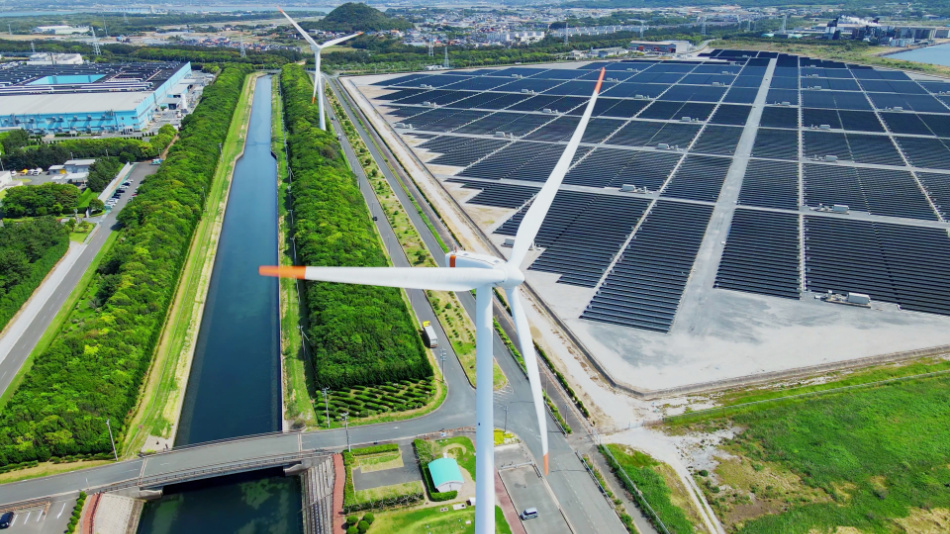Breaking news! Based on a recent report by the independent climate and energy think tank Ember, global emissions from the power sector, which generates the most planet-warming carbon dioxide, may have peaked last year. This could potentially mark the beginning of the end of the fossil fuel era.
In its fourth annual Global Electricity Review, the think tank analyzed power sector data from 78 countries, representing 93 percent of the world’s energy demand.
Wind and solar expansion
Reuters reported that wind and solar energy accounted for a record 12 percent of global electricity generation in 2022, a two percent increase from 2021.
The survey found that last year, renewable energy sources and nuclear power together accounted for 39 percent of worldwide energy production. Solar increased by 24 percent and wind by 17 percent from the previous year.
This will be the first time this has occurred outside of a recession, according to Ember’s report.
Wind and solar accounted for eighty percent of the increase in worldwide electricity demand.
In 2022, the emissions intensity of the world’s electricity fell to its lowest level ever, due to unprecedented growth in wind and solar power. “It will be an impressive moment when power sector emissions begin to fall year-on-year, but the world is not there yet, and emissions need to be falling fast,” the report affirms.
The rise and fall of gas-fired power
As higher gas prices increased the cost of fuel, gas-fired power generation decreased by 0.2 percent last year, while coal-fired power generation increased by 1.1 percent.
The power sector’s carbon emissions increased by 1.3 percent in 2022, but the growth of solar and wind mitigated the impact.
“Wind and solar are slowing the rise in power sector emissions. If all the electricity from wind and solar instead came from fossil generation, power sector emissions would have been 20 percent higher in 2022,” states the report.
Assuming average growth in the demand for electricity and renewable energy, Ember forecasts that fossil fuel production will decrease by 0.3 percent in this year.
This would indicate that emissions reached their ‘peak’ in 2022. A new era of declining power sector emissions is imminent.
As solar and wind power continue to expand, the think tank foresees further declines.
2022: a turning point in the transition to renewables
As the largest source of carbon dioxide emissions, the International Energy Agency has declared that the electricity sector must be the first to reach net zero by 2040. According to Reuters, to reach this milestone, wind and solar would have to account for 41 percent of global electricity production by 2030.
Following the findings of the report, 2022 will be remembered as a pivotal year in the global transition to renewable energy. Russia’s invasion of Ukraine prompted numerous governments to reevaluate their strategies in light of soaring fossil fuel prices and security concerns regarding their reliance on fossil fuel imports. It also accelerated electrification, resulting in an increase in heat pumps, electric vehicles, and electrolyzers. These will drive emissions reductions in other sectors and increase the impetus to develop clean energy more rapidly— a change that is desperately needed for the health of our planet.











